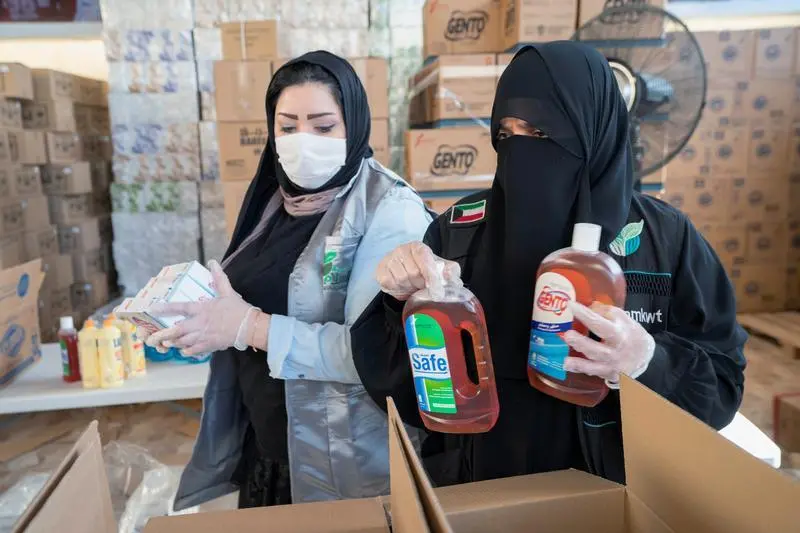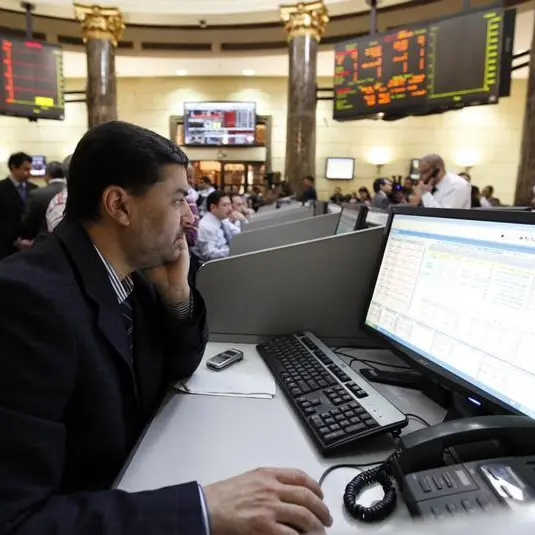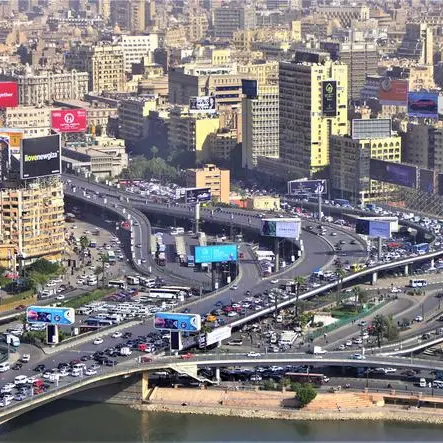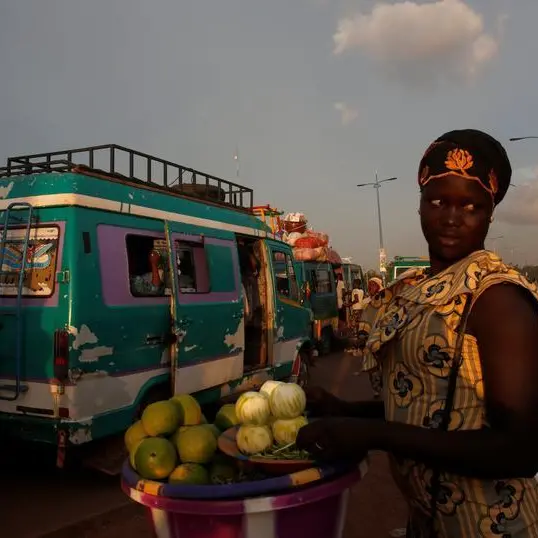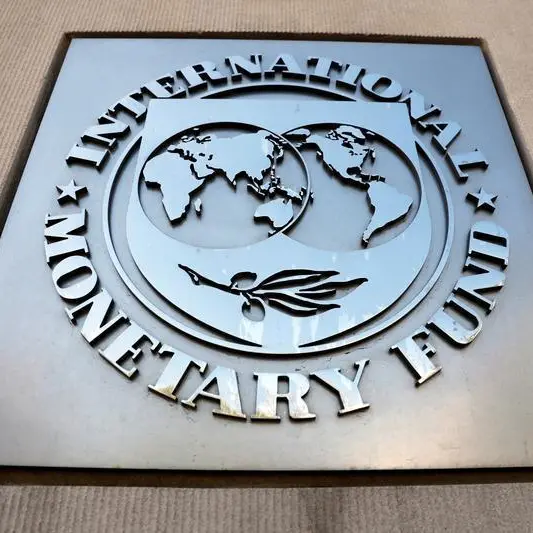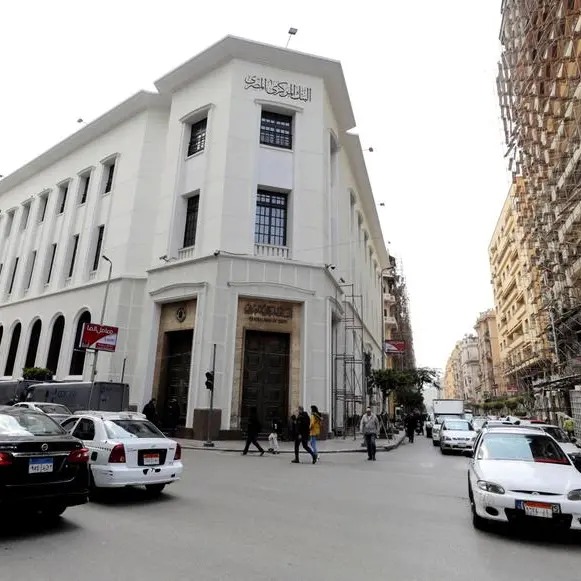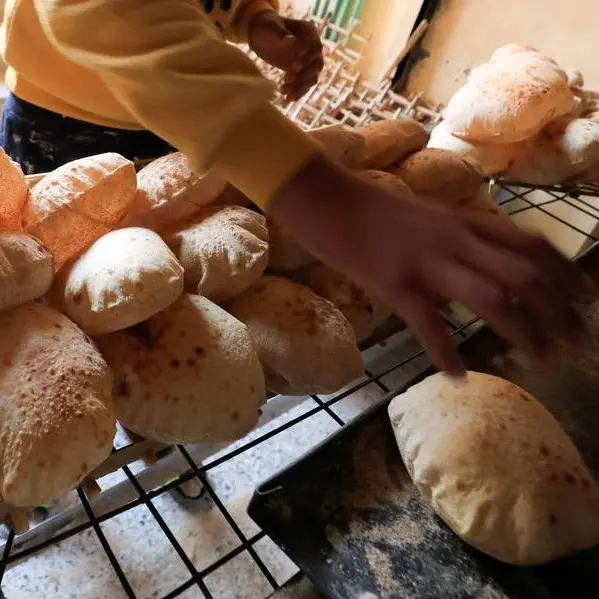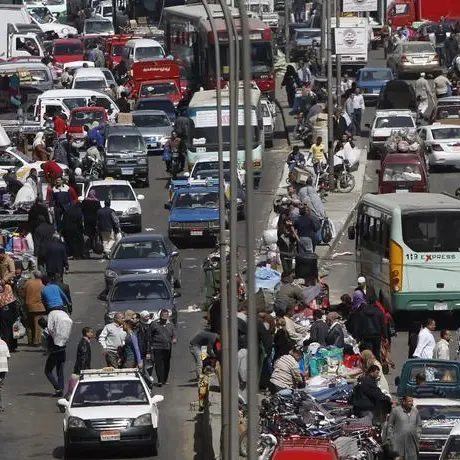PHOTO
It has been more than seven months since we first heard of the coronavirus disease (COVID-19). The pandemic quickly brought the world to a sharp halt, locked us all in for weeks, left hundreds of thousands dead, and resulted in the losses of millions of jobs. While we are still learning how to live with the virus and attempting to bring some sense of normality back to our lives, the vicious virus ensured it left nothing the same.
Of all the industries it affected, the aid industry has been among the most severely hit. While countries all over the world rallied to support one another by sending much-needed medical supplies and medical professionals, other sectors within the aid industry were left badly unsupported. So what happened to the aid industry and how will the world’s most disadvantaged people be affected?
The coronavirus pandemic not only created a health and economic crisis, but also resulted in one of the worst humanitarian crises since the Second World War. It has severely affected the humanitarian sector over the past few months. As virus cases rise, almost all governments are redirecting their international aid funds, reducing their efforts abroad and focusing their attention at home. This has included monetary aid, food, supplies, aid workers and much more.
Over the past few months, efforts in the health sector have seen drastic shifts from financing preventive programs, vaccinations for preventable diseases like polio and measles, and food and nutrition programs toward responding to their own health and security challenges amid the pandemic. Aid convoys and groups have also seen their efforts interrupted due to border closures and travel restrictions, making it even more difficult to reach vulnerable groups in remote areas.
Global challenges concerning women’s health have also been directly impacted — specifically those that support maternal health, family planning, pregnancies, and protection against gender-based violence. The impact was immediately felt when families were under lockdown and cases of domestic violence and abuse began to rise.
The ramification of these trends can be catastrophic, both in the short and the long term. In Afghanistan, for example, polio infections have been reported in areas previously declared free of the disease after the immunization programs were halted. Also as a result of the coronavirus, Oxfam — one of the world’s largest development organizations that focuses on the alleviation of global poverty — announced in May that it was shutting 18 of its country offices, affecting about 1,450 program staff and 700 partner organizations.
The number of people who will become acutely hungry could almost double, from 135 million to 265 million, according to the UN World Food Programme. The crisis will make conditions even worse in countries that are extremely food insecure, such as Yemen, Nigeria and South Sudan. In addition, the “global economic losses will likely cause an estimated 34.3 million additional people to fall below the extreme poverty line in 2020,” according to a report published by the UN. Furthermore, in a revised report, the World Bank has released new figures estimating that, in a worst-case scenario, about 100 million people could be pushed into extreme poverty. The picture is particularly sobering for Sub-Saharan Africa, India and South Asia.
Because of the acute shortage of funds and supplies, and the ballooning economic crisis, large donors have been forced to re-evaluate their aid and will most likely have to scale back or suspend their support all together. However, it is now even more critical than ever that we increase our humanitarian assistance, rather than scale it back.
Firstly, organizations, beneficiaries and targeted vulnerable groups were already depending very heavily on international assistance, and suspending aid programs will make a difficult situation even worse. Scaling back on health, education and security aid programs can put entire populations at risk of diseases, malnutrition and displacement. Moreover, a decline in aid can mean that communities become even more vulnerable to the virus, and an outbreak within these communities could be very difficult to control, thus putting the rest of the world at risk.
The world is still reeling from the shock of the coronavirus pandemic. Many experts have even concluded that the worst effects are yet to come, as many relief policies and benefits will expire this summer. While countries are still struggling to control the virus, others are grappling with the possibility of another wave. The combination of all these concerns has put donors in a tough position regarding the prioritization of the needs at home. Reducing or severing aid and assistance is not a luxury any of us can afford, especially amid the aftermath of the coronavirus. It is time to stress once again the importance of our continued efforts and support toward the collective good to ensure we all survive the pandemic.
- Asma I. Abdulmalik is an Emirati civil servant and a writer interested in gender and development issues. Twitter: @Asmaimalik
Copyright: Arab News © 2020 All rights reserved. Provided by SyndiGate Media Inc. (Syndigate.info).
